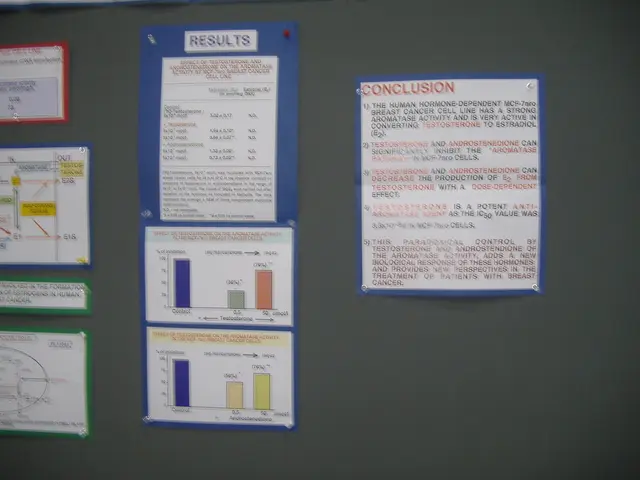Strategic Heat Map by Kettera - April 2022 Edition
Best-Performing Currency Strategies in Q2 2021
In Q2 2021, currency strategies saw significant shifts driven by monetary policies within the Group of Ten (G10) central banks. The best-performing strategies largely focused on capturing policy divergences and capitalizing on carry trade opportunities.
Monetary Policy Divergence
Among G10 central banks, divergences in monetary policy significantly impacted foreign exchange (FX) markets. For instance, the Bank of England's hawkish tone, driven by resilient UK economic data, supported sterling strength versus the dollar, which was weighed down by dovish Federal Reserve speculation. This indicates that relative policy stances, including rate outlooks and economic performance, were crucial determinants of currency movements.
Carry Trade Opportunities
The concept of carry trades, borrowing in low-yielding currencies like the US dollar to invest in higher-yielding currencies, is generally a key factor in FX strategies. For Q2 2021, similar dynamics likely applied, with investors seeking yield differentials within G10 currencies such as the New Zealand dollar or the Norwegian krone when respective central banks had tighter or less dovish policies compared to others.
Impact on FX Markets
Currency performance reflected these monetary policy differences. Currencies from central banks adopting tighter or less accommodative policies outperformed, while those with dovish or easing stances lagged. For instance, GBP benefitted from the Bank of England's steady or hawkish rate outlook amid Fed caution, pushing GBP/USD higher.
General Market Context
During Q2 2021, the Fed maintained a relatively dovish stance amid recovery concerns, the European Central Bank continued accommodative policies, and the Bank of England showed initial hawkish signals. Euro stayed subdued against the dollar and pound due to the ECB's ongoing easing and slower eurozone recovery. This pattern aligns with the principle that currencies of central banks signaling earlier tightening or robust economic growth outperformed.
Other Market Sectors
In quant macro, fixed income was the most lucrative sector, with gains primarily from short exposures in the Euro and Japanese Yen against the USD. Industrial Commodities (energy and metals) managers were generally profitable in April, with the energy sector being particularly profitable. Short positions in global fixed income, JPY and EUR vs. USD, and short equity indices were also profitable in systematic trend following.
Higher-frequency and short-term programs saw returns primarily from Fixed Income and FX trading. In contrast, the Societe Generale Short-term Traders Index and the Eurekahedge AI Hedge Fund Index were highlighted in the text.
FX Specialists' Performance
FX specialists had one of their best months in years, with major winning positions including being short the euro, the yen, and the British Pound against the USD. The USDJPY was the largest mover among the majors, with the currency rising above 130 USDJPY due to policy divergence between the Bank of Japan and the US Fed.
A blend of Eurekahedge Relative Value Volatility Hedge Fund Index and Eurekahedge Long Volatility Index, the Eurekahedge Event-Driven Hedge Fund Index, the blend of Bridge Alternatives Community Hedge Fund Index and Barclay Discretionary Traders Index, and the Barclay Hedge Currency Traders Index, Barclay Agricultural Traders Index, Barclay Fixed Income Arbitrage Index, and the Barclay Crypto Traders Index were also mentioned in the context of Q2 2021 market performances.
Sources for benchmark comparisons included a blend of the Hedge Fund Intelligence Global Macro Index and Eurekahedge Macro Hedge Fund Index, as well as the Hedge Fund Intelligence Global Macro Beta Index.
Read also:
- Hematology specialist and anemia treatment: The role of a hematologist in managing anemia conditions
- Enhancing the framework or setup for efficient operation and growth
- Hydroelectric Power Generation Industry Forecasted to Expand to USD 413.3 Billion by 2034, Projected Growth Rate of 5.8% Compound Annual Growth Rate (CAGR)
- Increased tariffs resulting in higher prices at Shein and other Chinese fast-fashion retailers







